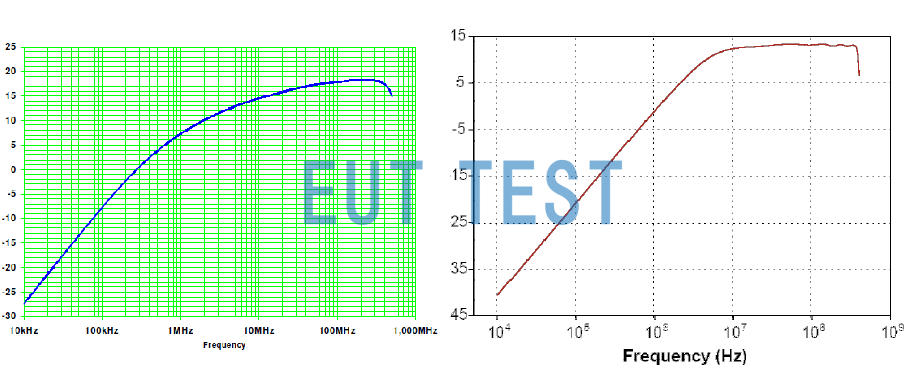Introduction:
F-52B and F-52 are current probes manufactured by Fischer Custom Communications, Inc. (hereinafter referred to as FCC), EUTTEST, as an authorized agent of Fischer, we have received a lot of inquiries from customers about the differences and similarities between the two types of probes during the quotation process. The following is a summary of the differences and similarities between the two types of probes.
The F-52B and the F-52 are the same:
The shape is the same:
Both are caliper style current clamps that open from the center and clamp all cables under test.
The brand is the same:
All are FCC brand products and are distributed by EUTTEST.
The test type is the same:
are all part ofCurrent Monitoring ProbeIt is mainly used to monitor high-frequency interference currents on the signal or power lines of the EUT.
The calibration fixture is the same:
Current probes require annual metering and a certificate of metrology using a calibration fixture to ensure that the technical parameters of the probe have not shifted or changed. They all use FCC manufacturedfcc-mpcf-2-32-40/71/19 Calibration fixtures, network analyzers, 50Ω loads, and other equipment are used to perform metrological calibration work.
Measurable cable diameter is the same:
They are configured with a 40mm inner diameter, which means they can clamp cables up to 40mm in diameter to test for RFI currents.
Difference between current probes F-52B and F-52:
We will explain the difference between the two types of current probes in terms of the technical parameters of the product, now using the following table to differentiate between the two models, with the first column being a description of their differences, and the last two columns being a description of the characteristics that each of them has.
<<<<提醒:左右滑动表格>>>>| The models are different | F-52 | F-52B |
| Different test frequency ranges | 10kHz-500MHz | 10kHz-400MHz |
| Different transfer impedance | 18dBΩ | 13dBΩ |
| EUT operating current is different | DC direct current max. 350A | DC direct current max. 200A |
| Different transfer impedance at 10 kHz | Transfer impedance of -28dBΩ | Transfer impedance of -38dBΩ |

Difference between F-52B and F-52 transfer impedance graphs
Summary:
As you can see from the above, the two probes still have a lot of similarities and differences, given that the F-52 has now been discontinued, if EMC engineers want to use theF-52Bsubstitute forF-52Go ahead and use them, and be sure to contact us to confirm their suitability, as their transfer impedance determines the scope of their test application.
In addition, if it is necessary to meet the test application up to 500MHz, we also recommend customers to use the model of F-200921-1005-1 The current probes are designed to measure the EMI current in the frequency range 1 kHz - 750 MHz, but of course you also need to take into account the influence of the transmission impedance.
If you have questions about other current probes from FCC, please contact us for more information.


